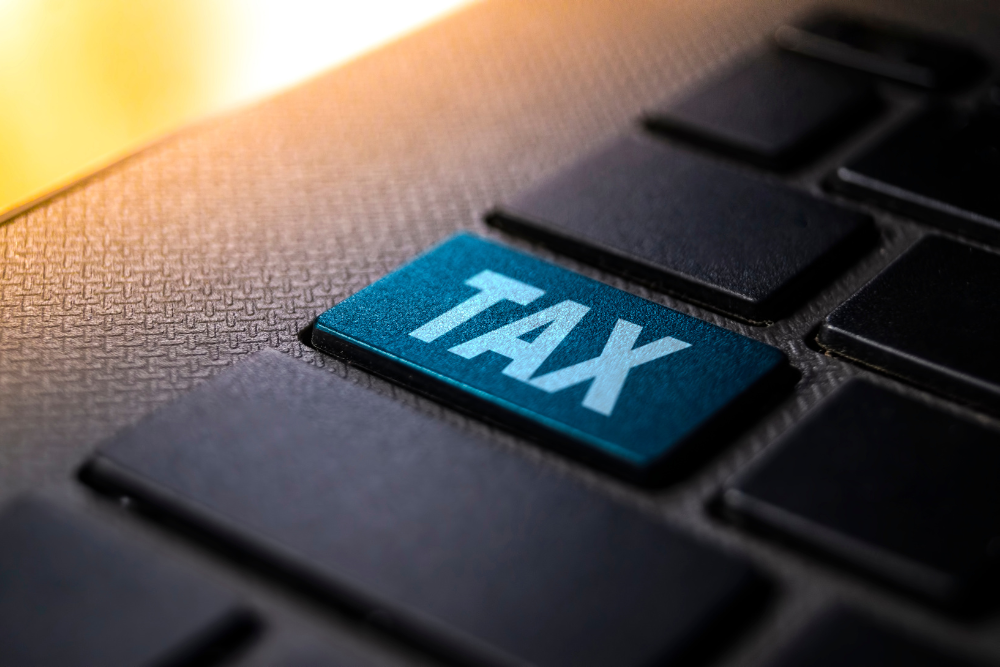Making Tax Digital for Income Tax: What You Need to Know
The UK government’s Making Tax Digital (MTD) for Income Tax Self Assessment (ITSA) is set to revolutionise the way self-employed individuals and landlords report their earnings. With the new system due to take effect from April 2026, it’s essential to prepare now to ensure compliance and avoid potential penalties.
What is Making Tax Digital for Income Tax?
MTD for ITSA is a government initiative aimed at digitising the tax system to make it more efficient, effective, and easier for taxpayers. Under MTD, individuals earning above £50,000 from self-employment or property income will be required to maintain digital records and submit tax updates quarterly via compatible software. Those earning between £30,000 and £50,000 will be included from April 2027.
Who Will Be Affected?
The changes will initially apply to:
- Self-employed individuals earning over £50,000.
- Landlords with rental income exceeding £50,000.
- Partnerships will be included at a later date, though specific timelines are yet to be confirmed.
Note that these thresholds are based on turnover/revenue, not profit.
Key Changes Under MTD for ITSA
- Quarterly digital updates: Instead of an annual Self Assessment tax return, affected individuals must submit income and expense updates every three months.
- End-of-Period Statement (EOPS) and Final Declaration: After the year ends, taxpayers will need to finalise their tax position with an EOPS and a Final Declaration, replacing the traditional Self Assessment.
- Use of MTD-compatible software: Spreadsheets or paper records will no longer suffice—approved software must be used to maintain and submit records.
Benefits of MTD for ITSA
- Greater financial control – Regular updates mean you’ll always have a clear picture of your tax position.
- Fewer surprises – Quarterly reporting helps avoid unexpected tax bills at year-end.
- Less paperwork – Digital records reduce the administrative burden of managing tax affairs.
How to Prepare for MTD for ITSA
- Check if you’re affected – Review your earnings to see if you meet the income threshold. You can check this easily by clicking here.
- Choose MTD-compatible software – Ensure your accounting system meets HMRC’s digital requirements.
- Start keeping digital records – Even before the deadline, switching to digital accounting can help streamline the transition.
What if you consider yourself to be digitally excluded?
If you consider that you are digitally excluded, you can apply for an exemption if:
- It’s not practical for you to use software to keep digital records or submit them — this may be due to your age, disability, location or another reason.
- You are a practising member of a religious society (or order) whose beliefs are incompatible with using electronic communications or keeping electronic records.
You will be able to apply for an exemption once the application process opens.
Stay ahead of the changes—embrace digital tax now to avoid last-minute stress!
